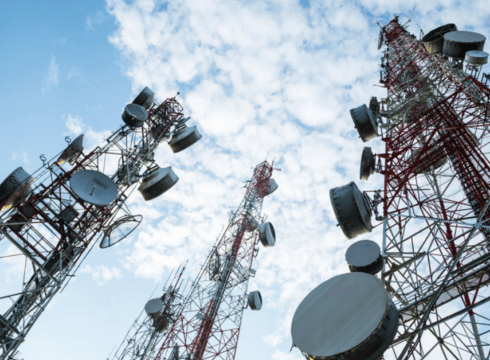TRAI is currently examining certain benchmarks against which it will measure issues facing 5G users like “call drops, lag in calls, unclear voice”
The regulatory body is set to introduce jitters monitoring to track data flow fluctuations to ensure high-quality video streaming and address the lagging issue during video calls
Failing to adhere to the forthcoming 5G service quality norms may result in penalties of up to INR 3 Lakh per benchmark, while inaccurate reporting may invite penalties of up to INR 10 Lakh per benchmark
Inc42 Daily Brief
Stay Ahead With Daily News & Analysis on India’s Tech & Startup Economy
With 5G users encountering several challenges, including call disruptions and interruptions in video streaming, the Telecom Regulatory Authority of India (TRAI) is mulling stringent rules around the quality of the services.
The telecom regulator is expected to introduce stricter telecom guidelines within the next two months, as well as issue revised guidelines governing the quality of 4G services, Business Standard reported.
While domestic telecom companies added 20 Mn users to their 5G networks within 18 months of their roll out, consumer experience has largely been unsatisfactory.
5G users in India are facing numerous problems such as poor call quality, call drops, call muting, inability to connect to 5G despite activating phone settings, and negligible disparity in speeds.
TRAI is currently examining certain benchmarks against which it will measure issues facing 5G users like “call drops, lag in calls, unclear voice” and more.
The regulatory body attributed these issues to packet loss, which occurs when data units transmitted from the origin fail to arrive at their destination in time, hampering the network’s overall performance.
Additionally, TRAI is set to introduce jitters monitoring to track data flow fluctuations to ensure high-quality video streaming and address the lagging issue during video calls.
Under the proposed regulations, TRAI aims to attain an average monthly latency of less than 100 milliseconds as compared to the present <250 milliseconds.
Furthermore, the proposed regulations stipulate that jitters should be less than 50 milliseconds and call drop rate should be below 2%.
The revised telecom guidelines also increase the compliance burden of telecom companies, setting up a monthly reporting mechanism as against the present quarterly one.
Failing to adhere to the forthcoming rules on the quality of service (QOS) for 4G and 5G may result in penalties of up to INR 3 Lakh per benchmark, while inaccurate reporting may invite penalties of up to INR 10 Lakh per benchmark, as per the report.
However, TRAI’s stringent compliance standards for 5G services have come under scrutiny from the telecom industry, with Reliance Jio calling for withdrawal of 5G-related parameters from the reporting format, saying it would “allow organic development of customised use cases and extension of the services.”
Telcos have also urged TRAI not to implement the monthly data reporting mechanism, arguing that service quality issues occur due to poor hardware performance.
Despite the 5G rollout across the country, smartphone users have been increasingly complaining about seeing 4G indicators on their devices.
To address the issue, TRAI is also said to be mulling a directive to display coverage maps on the websites of telecom companies that would allow consumers to check 5G and 4G availability.
{{#name}}{{name}}{{/name}}{{^name}}-{{/name}}
{{#description}}{{description}}...{{/description}}{{^description}}-{{/description}}
Note: We at Inc42 take our ethics very seriously. More information about it can be found here.


